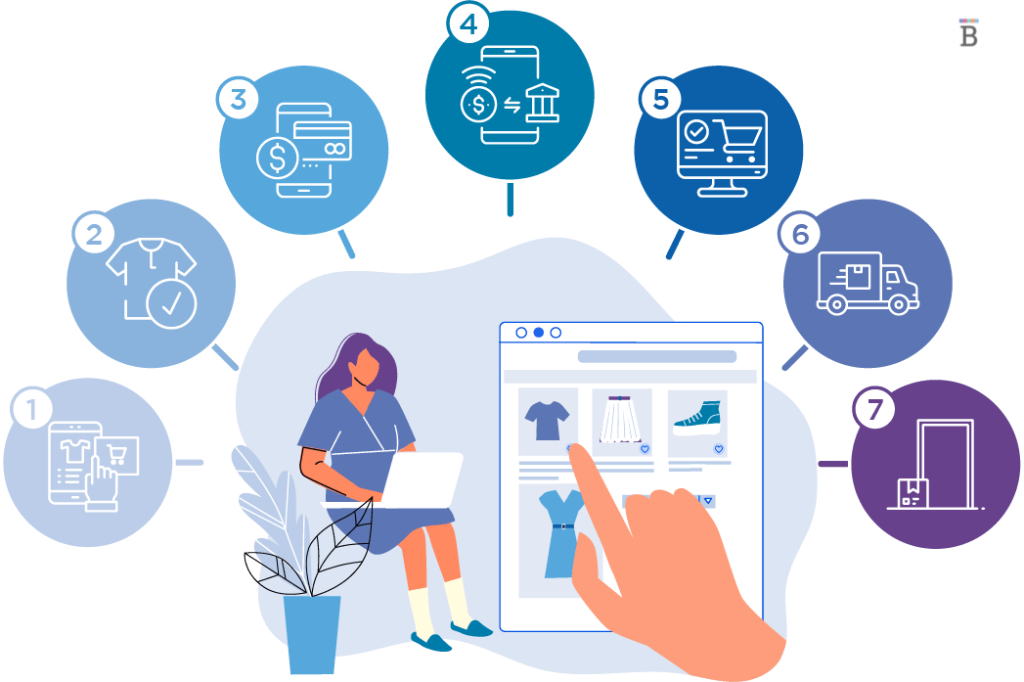Running an e-commerce business can be challenging. With so many tasks to handle, it’s easy to feel overwhelmed. But there are ways to make your operations smoother and cut costs without sacrificing quality. In this article, we’ll explore seven practical strategies to help you streamline your e-commerce operations and save money.

1. Automate Repetitive Tasks
1.1 Use Inventory Management Software
Keeping track of inventory manually is time-consuming and prone to errors. Inventory management software can automate this process. It updates stock levels in real-time, sends alerts when items are low, and even reorders products automatically. This reduces the risk of overselling or running out of stock.
1.2 Implement Automated Email Campaigns
Email marketing is essential for e-commerce, but sending emails manually can take up a lot of time. Automated email campaigns can handle this for you. Set up triggers for abandoned carts, welcome emails, and post-purchase follow-ups. This ensures consistent communication with customers without extra effort.
2. Optimize Your Supply Chain
2.1 Negotiate with Suppliers
Building strong relationships with suppliers can lead to better deals. Negotiate for bulk discounts or more favorable payment terms. This can significantly reduce your cost of goods sold (COGS) and improve your profit margins.
2.2 Consolidate Shipments
Shipping costs can add up quickly. Consolidating shipments means sending multiple orders together rather than individually. This reduces shipping fees and can also lower your carbon footprint, which is a bonus for eco-conscious customers.
3. Leverage Data Analytics
3.1 Track Key Performance Indicators (KPIs)
Data analytics can provide valuable insights into your business. Track KPIs like conversion rates, average order value, and customer acquisition cost. This helps you identify areas for improvement and make data-driven decisions.
3.2 Use Predictive Analytics
Predictive analytics uses historical data to forecast future trends. This can help you anticipate demand, manage inventory more effectively, and plan marketing campaigns. By staying ahead of trends, you can avoid overstocking or understocking.

4. Enhance Customer Service
4.1 Implement Chatbots
Customer service is crucial for e-commerce success. Chatbots can handle common queries like order status, return policies, and product information. This frees up your team to focus on more complex issues, improving efficiency and customer satisfaction.
4.2 Offer Self-Service Options
Many customers prefer to find answers on their own. Provide a comprehensive FAQ section and easy-to-navigate help center. This reduces the number of customer service requests and allows customers to resolve issues quickly.
5. Streamline Your Website
5.1 Optimize for Mobile
A significant portion of e-commerce traffic comes from mobile devices. Ensure your website is mobile-friendly. This includes fast loading times, easy navigation, and a seamless checkout process. A better mobile experience can lead to higher conversion rates.
5.2 Simplify the Checkout Process
A complicated checkout process can lead to cart abandonment. Streamline the process by reducing the number of steps and offering guest checkout options. Also, provide multiple payment methods to cater to different customer preferences.
6. Outsource Non-Core Activities
6.1 Hire Freelancers for Specialized Tasks
Some tasks, like graphic design or content writing, may not require a full-time employee. Hiring freelancers for these tasks can be more cost-effective. Platforms like Upwork or Fiverr make it easy to find skilled professionals.
6.2 Use Third-Party Logistics (3PL)
Managing your own warehouse and shipping can be expensive and time-consuming. Third-party logistics providers can handle storage, packing, and shipping for you. This allows you to focus on growing your business while reducing operational costs.
7. Focus on Customer Retention
7.1 Implement a Loyalty Program
Acquiring new customers is more expensive than retaining existing ones. A loyalty program rewards repeat customers with discounts, points, or exclusive offers. This encourages them to keep coming back, increasing customer lifetime value.
7.2 Collect and Act on Feedback
Customer feedback is invaluable. Use surveys or reviews to gather insights into what your customers like and dislike. Act on this feedback to improve your products and services. Happy customers are more likely to become repeat buyers and recommend your store to others.

Streamlining e-commerce operations and reducing costs doesn’t have to be complicated. By automating repetitive tasks, optimizing your supply chain, leveraging data analytics, enhancing customer service, streamlining your website, outsourcing non-core activities, and focusing on customer retention, you can create a more efficient and profitable business. Implement these strategies step by step, and you’ll see a noticeable improvement in your operations and bottom line.



